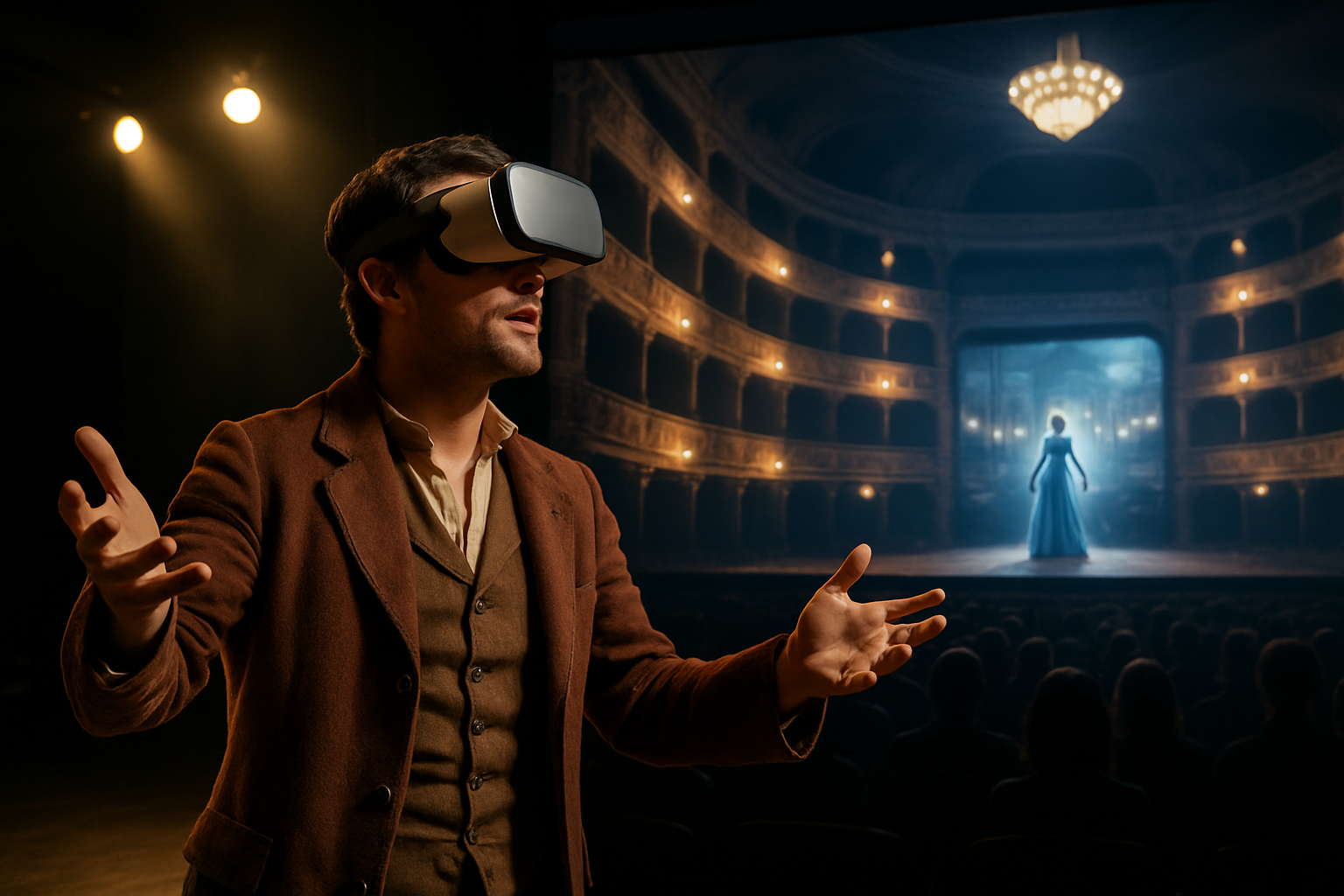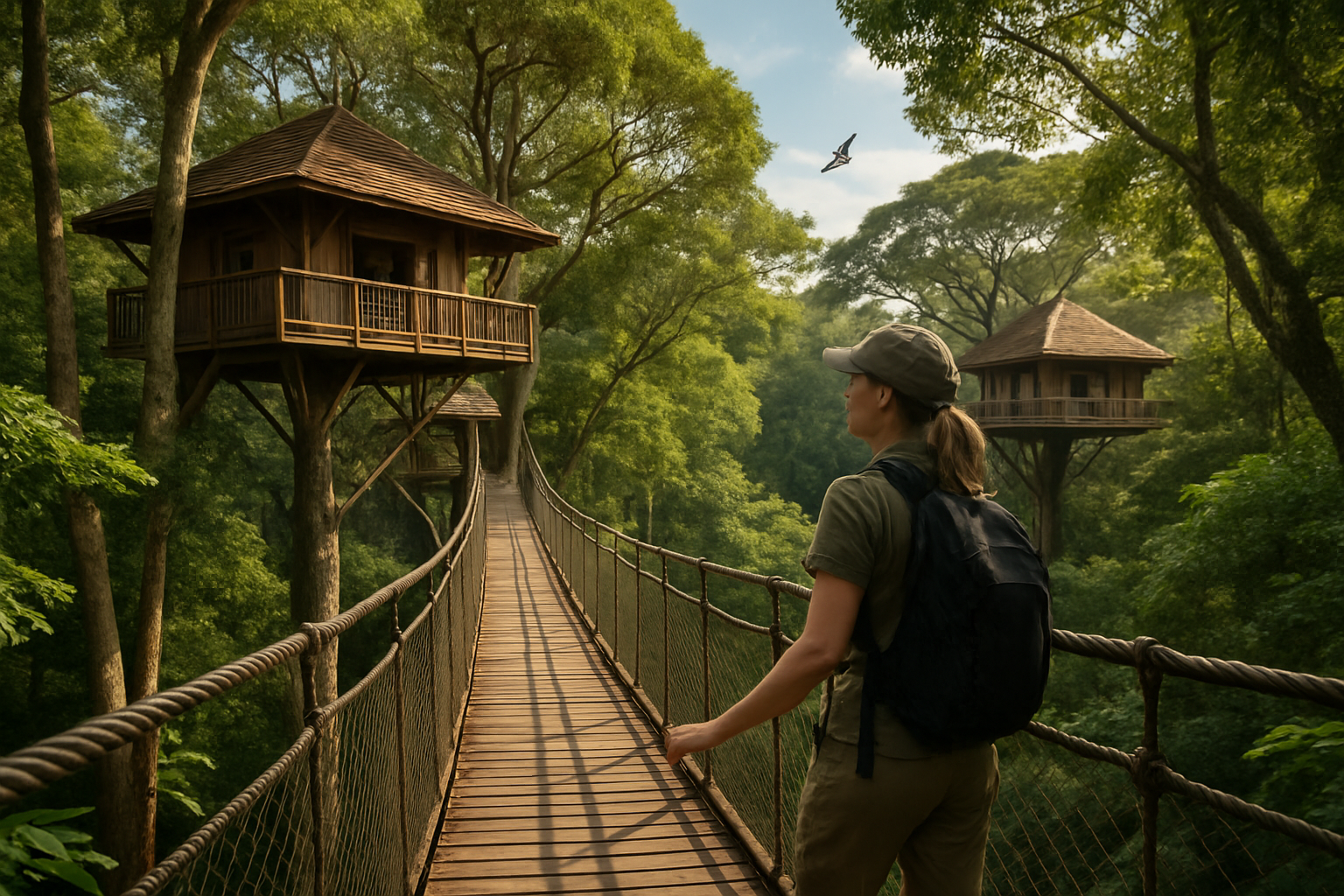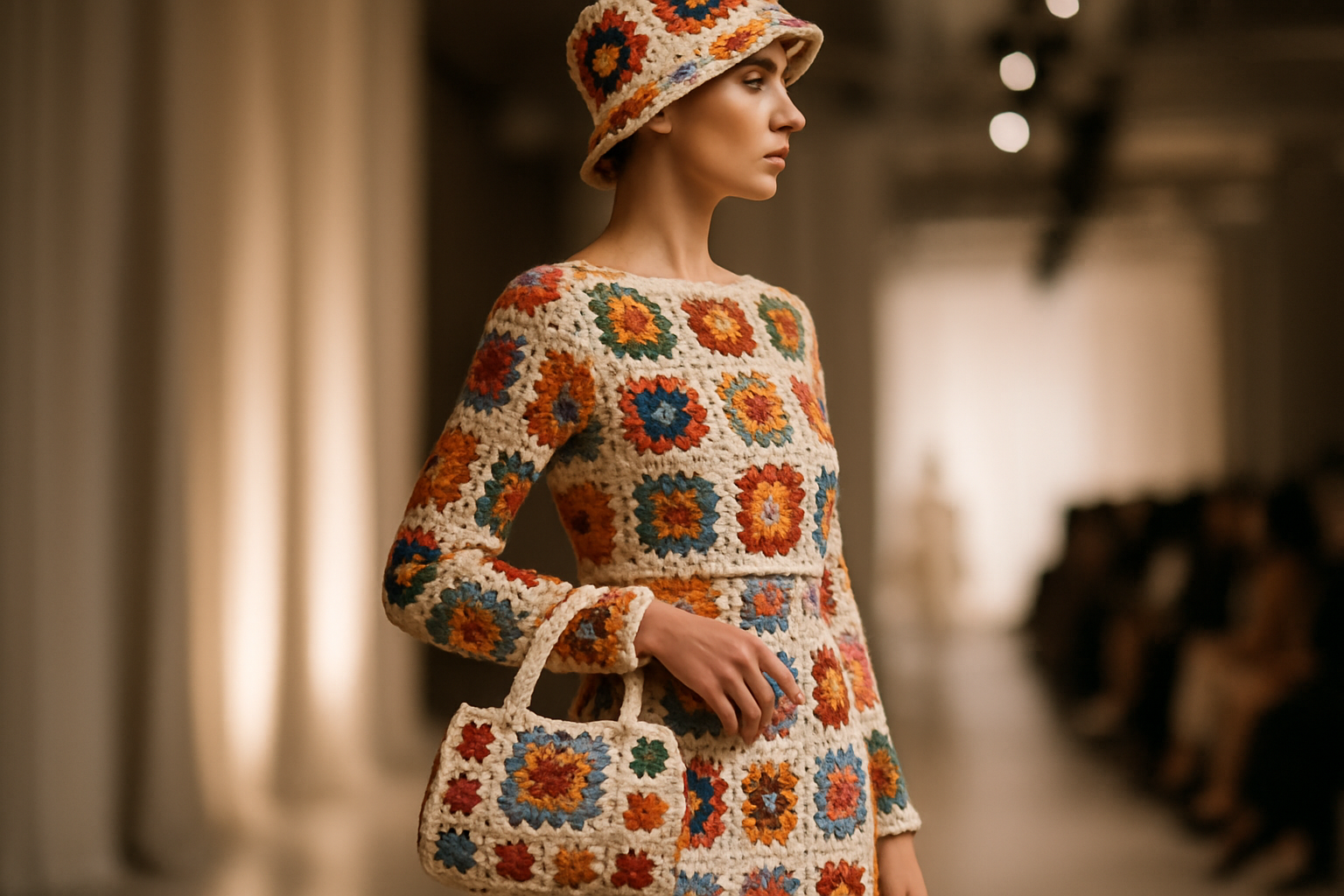Virtual Reality Opera: The Next Frontier of Musical Theatre
In the ever-evolving landscape of performing arts, a groundbreaking fusion of technology and classical music is reshaping the operatic experience. Virtual Reality Opera, a cutting-edge art form, is pushing the boundaries of musical theatre and challenging our perceptions of traditional performance spaces. This innovative approach melds the emotional power of opera with the immersive capabilities of virtual reality, creating a multi-sensory journey that transcends the limitations of physical stages. As audiences don VR headsets, they are transported into fantastical realms where music, storytelling, and visual spectacle converge in unprecedented ways.

As VR technology advanced, so did the ambitions of creators in this space. By the late 2010s, fully rendered virtual environments began to replace simple video recordings. These digital worlds allowed for impossible staging, fantastical settings, and interactive elements that traditional opera houses could never achieve. The first fully-fledged Virtual Reality Opera, Faust 360°, debuted in 2018, marking a significant milestone in the medium’s development.
Crafting Immersive Soundscapes
One of the most crucial aspects of Virtual Reality Opera is its approach to audio. Unlike traditional opera houses where acoustics are fixed, VR operas can tailor the soundscape to each individual listener. Advanced spatial audio techniques create a three-dimensional sound environment that responds to the viewer’s head movements and position within the virtual space.
Composers for VR operas are now exploring new ways to utilize this technology, creating works where the music itself becomes an interactive element. In some productions, viewers can move closer to specific performers to hear their parts more clearly or step back for a broader musical perspective. This level of auditory control adds a new dimension to the operatic experience, allowing for unprecedented intimacy with the music and performers.
Visual Storytelling Beyond Physical Constraints
The visual component of Virtual Reality Opera represents a paradigm shift in theatrical design. Liberated from the constraints of physical sets and costumes, designers can create otherworldly environments that seamlessly transform to match the narrative and emotional beats of the opera. From abstract landscapes that pulse with the rhythm of the music to hyper-realistic historical settings, the visual possibilities are limitless.
These virtual environments also allow for dynamic staging that would be impossible in traditional opera houses. Characters can fly, teleport, or morph into different forms. Entire scenes can transition instantly, taking the audience from the depths of the ocean to the surface of Mars in a heartbeat. This fluidity of space and form opens up new avenues for storytelling and artistic expression, challenging composers and librettists to reimagine what opera can be.
Audience Interaction and Participation
One of the most exciting aspects of Virtual Reality Opera is the potential for audience interaction. While traditional operas maintain a clear separation between performers and viewers, VR operas can blur these lines, inviting the audience to become part of the performance itself. Some productions allow viewers to choose their vantage point or even influence the course of the story through their actions within the virtual space.
This level of interactivity raises intriguing questions about the nature of performance and the role of the audience in shaping the artistic experience. As VR operas become more sophisticated, we may see productions where each viewer’s experience is unique, tailored to their choices and interactions within the virtual world. This personalization of the operatic experience represents a fundamental shift in how we engage with live performance art.
Challenges and Future Developments
Despite its enormous potential, Virtual Reality Opera faces several challenges as it strives for mainstream acceptance. The cost and accessibility of VR technology remain significant barriers for many potential audience members. Additionally, some traditionalists argue that the technology detracts from the raw power of live vocal performance, which has been the cornerstone of opera for centuries.
However, proponents of VR opera see these challenges as opportunities for innovation. Efforts are underway to make VR technology more affordable and user-friendly, with some companies exploring the possibility of VR opera houses where audiences can experience productions together in a shared virtual space. As for the concern about losing the essence of live performance, many creators are working on ways to incorporate real-time elements into VR operas, blending pre-rendered environments with live vocal performances.
Looking to the future, the potential applications of Virtual Reality Opera extend far beyond entertainment. Educational institutions are exploring its use as a tool for teaching music history and theory, allowing students to step into the worlds of classic operas or even compose their own virtual productions. The technology also holds promise for making opera more accessible to those with physical disabilities, bringing the grandeur of the art form to audiences who might otherwise be unable to attend traditional performances.
As Virtual Reality Opera continues to evolve, it stands poised to redefine our understanding of musical theatre and push the boundaries of artistic expression. While it may never fully replace the thrill of a live opera performance, it offers a complementary experience that expands the reach and possibilities of this enduring art form. In the coming years, we can expect to see even more groundbreaking productions that challenge our perceptions and invite us to experience opera in ways we never thought possible.





